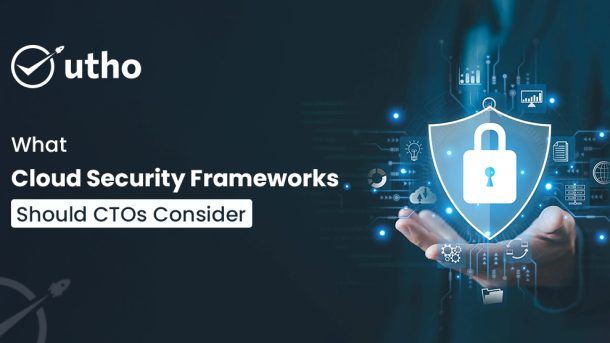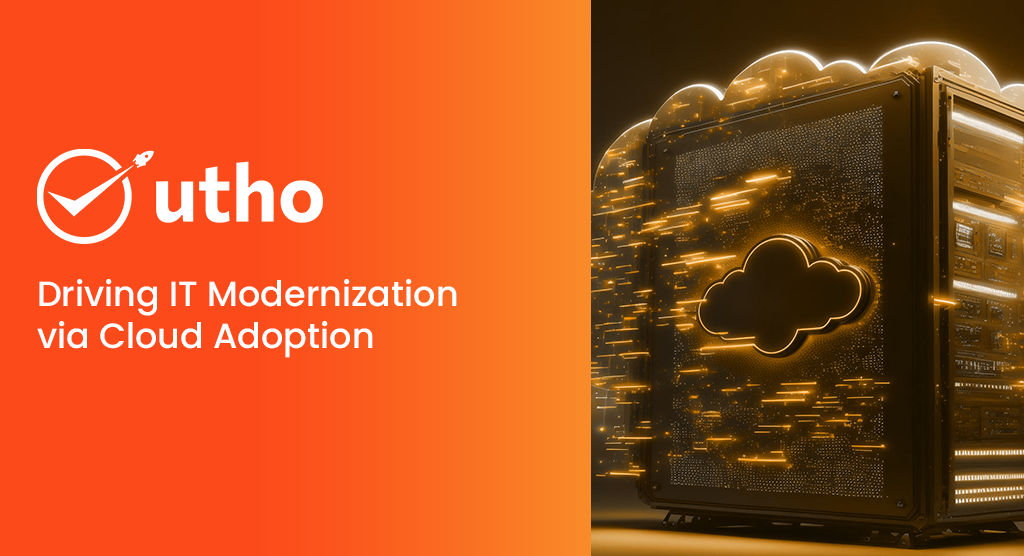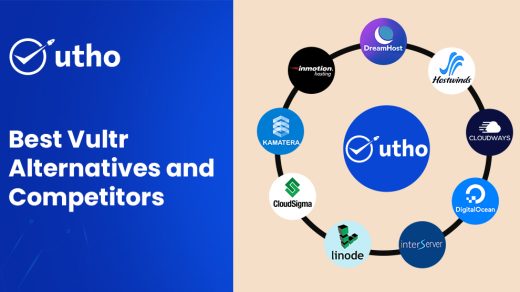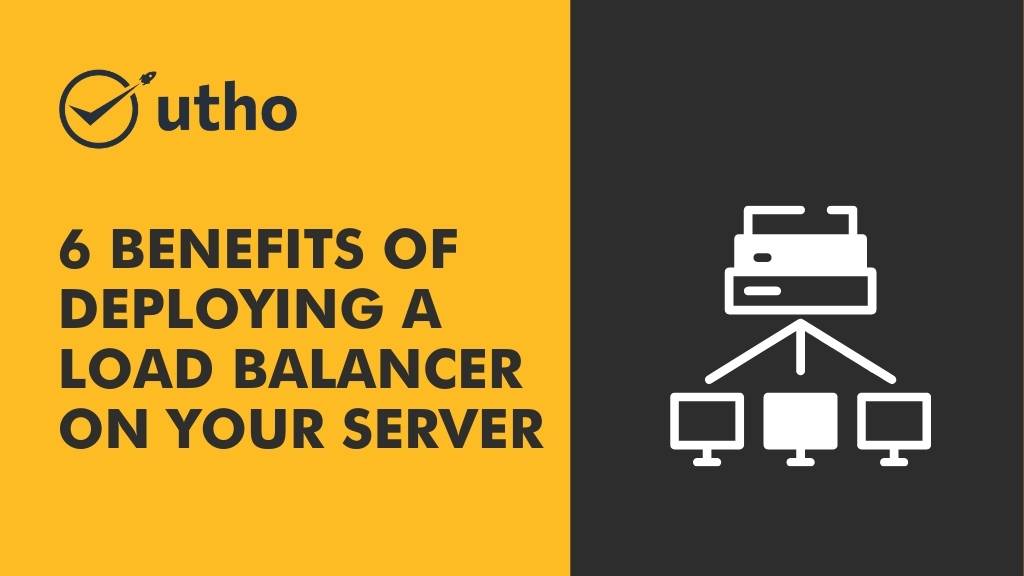Introduction to Cloud Security Frameworks
As businesses shift to the cloud, security is a top concern for CTOs. Cloud environments are scalable, flexible, and cost-effective. But, they also pose risks, like data breaches and unauthorized access. There are also compliance issues. Organizations must implement strong Cloud Security Frameworks. They are vital to protect data, apps, and infrastructure.
A Cloud Security Framework provides a structured approach to securing cloud environments. These frameworks set best practices, standards, and policies. Organizations must follow them to reduce security risks. CTOs must choose the right Cloud Security Framework. It is crucial for data integrity, compliance, and system resilience.
This blog will explore key Cloud Security Frameworks for CTOs. They can help protect organizations' cloud infrastructure from security threats.
Why Are Cloud Security Frameworks Important?
Cloud environments are complex. This exposes them to threats like data breaches, misconfigurations, and insider attacks. For CTOs, managing these risks is a critical responsibility. Here’s why Cloud Security Frameworks are essential:
1. Standardized Security Practices: A security framework provides best practices. It ensures consistent security across the organization.
2. Compliance: Many industries are governed by strict regulations like GDPR, HIPAA, and PCI-DSS. A Cloud Security Framework helps CTOs ensure their cloud infrastructure meets regulations.
3. Risk Mitigation: A structured framework helps businesses find vulnerabilities early. They can then apply controls to reduce the risk of security incidents.
4. Incident Response: Cloud Security Frameworks have protocols for security incidents. They include detecting, responding to, and recovering from them. This minimizes downtime and damage.
5. Operational Efficiency: Frameworks help CTOs manage vast cloud environments. They do this by automating and streamlining security processes.
Let's now explore the Cloud Security Frameworks for CTOs to consider.
1. NIST Cybersecurity Framework
The NIST Cybersecurity Framework is a top security standard. It is very comprehensive and well-known. It provides guidelines for identifying, protecting, detecting, responding to, and recovering from cyberattacks.
Why CTOs Should Consider NIST:
- NIST covers all aspects of cloud security, from risk assessment to incident response.
- Flexibility: The framework adapts to different industries. It can be customized for an organization's unique needs.
- Global Recognition: NIST is recognized worldwide. It aligns with standards like ISO and GDPR. This helps organizations comply with multiple regulations.
Key Features:
- Five Core Functions: Identify, Protect, Detect, Respond, and Recover.
- Risk Management: A systematic approach to assessing and mitigating security risks.
- Framework Tiers: Organizations can choose an implementation level. It depends on their risk tolerance and available resources.
CTOs seeking a flexible, complete cloud security solution should use the NIST framework. It's a great start.
2. ISO/IEC 27001
The ISO/IEC 27001 is a global standard for ISMS. It lists best practices for protecting sensitive data. It is a benchmark for securing cloud environments.
Why CTOs Should Consider ISO 27001:
- Industry Standard: ISO 27001 is trusted for cloud security. It's widely adopted across industries.
- Focus on Data Protection: It stresses security, confidentiality, and integrity. These are vital in cloud environments.
- Compliance: ISO 27001 certification shows an organization's commitment to data security. It helps with compliance and builds customer trust.
Key Features:
- Risk-Based Approach: ISO 27001 gives a way to find risks. It also helps to apply security controls to reduce those risks.
- Audit and Certification: Organizations can get ISO 27001 certification through external audits. This ensures their security practices meet global standards.
- Continuous Improvement: The framework promotes better security. It does this through regular audits and assessments.
For CTOs focused on data protection, ISO 27001 is key. It provides a strong basis for securing cloud environments and meeting regulations.
3. CIS Controls
The CIS Controls is a set of 18 prioritized best practices. They aim to protect organizations from common cyber threats. The CIS Controls aren't specific to cloud environments. But, they can be applied to cloud infrastructure to improve security.
Why CTOs Should Consider CIS Controls:
- CIS Controls provide clear, actionable guidelines to improve cloud security. They are easy to implement.
- Focus on Key Threats: The controls aim to reduce common security threats, like ransomware, phishing, and unauthorized access.
- Community-Supported: CIS Controls are updated based on input from cybersecurity experts. This keeps them relevant to new threats.
Key Features:
- 18 Critical Security Controls: From hardware asset inventory to pen testing.
- Defense in Depth: A layered security approach that ensures multiple levels of protection.
- Automated Security: The framework encourages the use of automated tools to enhance threat detection and response.
CTOs want a practical, community-based way to secure the cloud. The CIS Controls offer a simple, effective framework for reducing risks.
4. Cloud Security Alliance (CSA) Cloud Controls Matrix (CCM)
The Cloud Security Alliance (CSA) Cloud Controls Matrix (CCM) is a security framework for cloud environments. It provides security controls for the unique challenges of cloud computing. So, it is one of the best Cloud Security Frameworks for CTOs.
Why CTOs Should Consider CSA CCM:
- Cloud-Specific: Unlike other frameworks, CSA CCM is for cloud security. It addresses the unique risks of cloud environments.
- Comprehensive Coverage: It covers key areas such as data security, encryption, identity management, and risk management.
- Vendor Neutral: The framework is cloud-agnostic. It suits multi-cloud or hybrid cloud strategies.
Key Features:
- 133 Cloud Security Controls: The matrix details controls across 16 domains. These include application security, compliance, and incident response.
- CSA CCM aligns with standards like GDPR, HIPAA, and ISO 27001. This helps organizations comply with regulations.
- Cloud-Specific Threats: The framework addresses cloud-specific vulnerabilities, including data breaches, insecure APIs, and account hijacking.
For CTOs managing complex cloud environments, the CSA CCM is a must-have. It is a framework that ensures comprehensive cloud security.
5. PCI DSS (Payment Card Industry Data Security Standard)
For organizations that process payment card transactions, the PCI DSS is vital. It is a framework for data security. PCI DSS ensures that businesses protect cardholder data and prevent fraud.
Why CTOs Should Consider PCI DSS:
- Payment Security: PCI DSS is mandatory for those who handle payment card info. It ensures that sensitive financial data is protected.
- Cloud Applicability: Many cloud providers offer PCI DSS-compliant services. This makes it easier to secure payments in cloud environments.
- Data Breach Prevention: The framework reduces the risk of payment data breaches. It keeps customers' sensitive information secure.
Key Features:
- 12 Security Requirements: Encrypt payment data. Control access. Run regular vulnerability tests.
- Third-Party Compliance: If they store or process payment data, CSPs must comply with PCI DSS.
- Risk Mitigation: PCI DSS cuts fraud risk. It helps organizations avoid fines for non-compliance.
For CTOs in payment data industries, PCI DSS is vital. It assures customer
trust and compliance with regulations.
6. SOC 2 (System and Organization Controls)
SOC 2 is a security framework from the AICPA. It sets criteria for managing customer data. SOC 2 is not exclusive to cloud environments. But, it is widely used by cloud providers to show their commitment to security.
Why CTOs Should Consider SOC 2:
- Customer Trust: SOC 2 compliance assures customers that their data is secure and follows best practices.
- Data Management: The framework covers key areas in cloud environments. They are data protection, privacy, and system integrity.
- Tailored for Service Providers: SOC 2 is key for cloud and SaaS providers. It ensures they meet high security and privacy standards.
Key Features:
- Five Trust Service Criteria: Security, Availability, Processing Integrity, Confidentiality, and Privacy.
- Independent Auditing: SOC 2 compliance requires independent audits. This gives customers and stakeholders more assurance.
- Customizable Controls: SOC 2 lets organizations tailor their security controls to their cloud and risk profiles.
For CTOs in SaaS or cloud companies, SOC 2 offers a way to prove security and privacy compliance to customers.
As cloud use grows, CTOs must ensure strong cloud security. Their role is now more critical than ever. Choosing and using the right Cloud Security Frameworks is not just about compliance or avoiding fines. It's about protecting your business's data, systems, and intellectual property. They're its lifeblood. With data breaches costing millions and harming reputations, we must act. A proactive approach to cloud security is essential.
Beyond the technical, it's equally crucial but often overlooked: the human element of security. Frameworks give guidelines and tools. But, they are only as good as the teams that use them. CTOs should create a security-first culture in their organizations. All employees, from developers to operations, must know cloud security's importance. Training, awareness programs, and drills can enhance the tech safeguards of security frameworks.
Additionally, the future of cloud security lies in automation and AI-driven solutions. As cyber threats grow more sophisticated, manual monitoring is not enough. Reactive measures are also insufficient. CTOs should integrate AI and machine learning with their security frameworks. This will enable real-time threat detection, automated incident response, and predictive analytics. These new technologies will help find vulnerabilities faster. They will also let organizations respond to threats before they escalate.
As cloud environments grow more complex, cross-cloud security will be vital. As multi-cloud and hybrid cloud systems become the norm, CTOs must secure their entire digital ecosystem. They must maintain consistency and control across various platforms. This approach will reduce risks from fragmentation. It will close security gaps between different cloud providers.
In conclusion, a Cloud Security Framework is not just for today. It's for future-proofing your security in a changing digital world.
CTOs can build a secure, resilient cloud infrastructure by:
- Choosing the right frameworks.
- Fostering a culture of security.
- Leveraging AI and automation.
- Ensuring cross-cloud coverage.
This will support growth and innovation while keeping threats at bay.
Utho, India's cloud platform, is powered by open-source tech. It helps organizations to integrate advanced cloud security. Utho helps businesses adopt security frameworks. It offers a flexible, scalable cloud for innovation and security. Utho lets companies innovate while ensuring data protection and compliance in the cloud.




